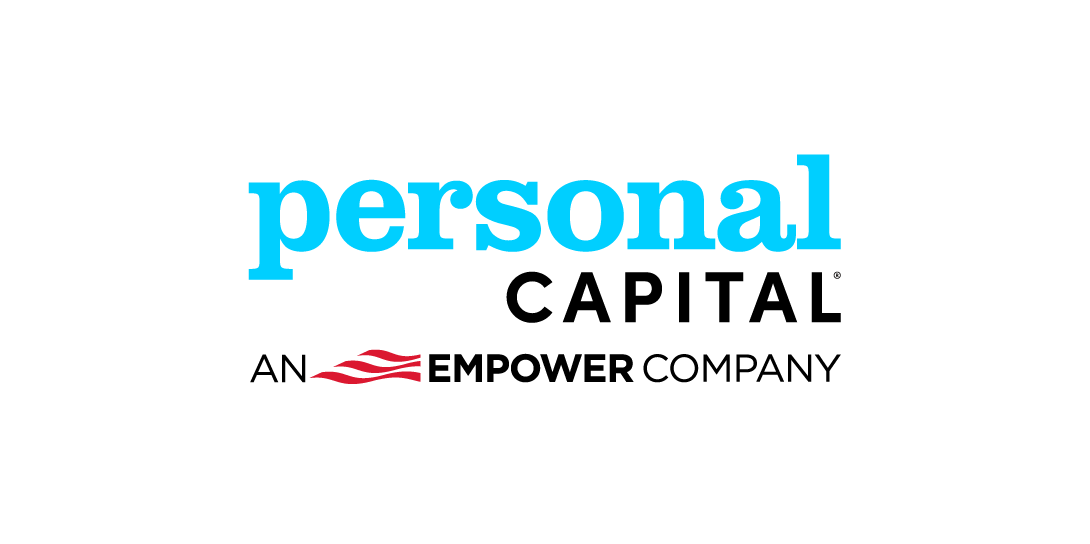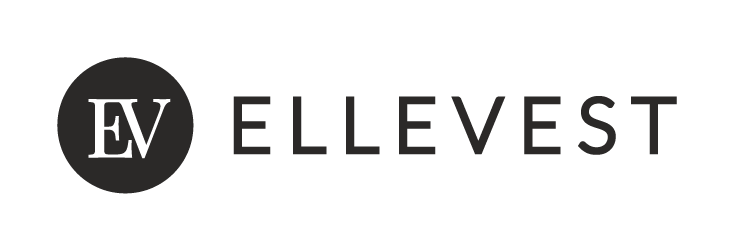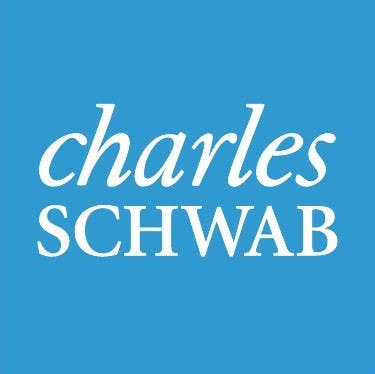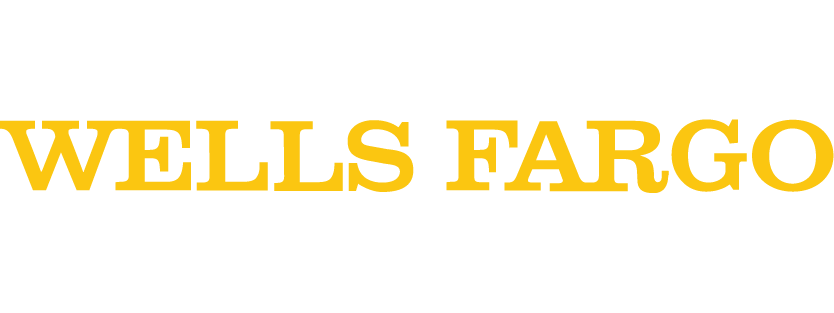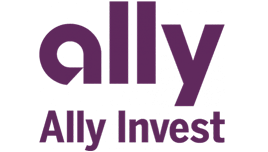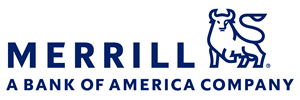E-Trade Core Portfolios review 2024
The Bankrate promise
At Bankrate we strive to help you make smarter financial decisions. While we adhere to strict , this post may contain references to products from our partners. Here's an explanation for .
E-Trade Core Portfolios: Best for
- Cost-conscious investors
- Existing E-Trade customers
- Low-cost funds
E-Trade Core Portfolios is a solid robo-advisor option for investors looking for basic features at a low cost. You’ll get a portfolio built using low-cost funds while having the option to include specialty offerings such as socially responsible and smart beta funds. You’ll be able to start investing with just $500 and can choose to purchase fractional shares, so your full investment works for you. You can also open a savings account to keep more of your financial life in one place, if that appeals to you.
If you’re looking for some of the more premium robo-advisor features such as tax-loss harvesting or access to human advisors, you’ll need to choose a different option. Betterment and Schwab Intelligent Portfolios both offer access to advisors as well as tax-loss harvesting options. Customers focused on lower costs, might consider SoFi Automated Investing or Vanguard Digital Advisor.

We want to know what you think about E-trade Core
Do you have experience with E-Trade Core? Let us know your thoughts.
E-Trade Core Portfolios: In the details


Pros: Where E-Trade Core Portfolios stands out
Low-cost funds
E-Trade Core Portfolios offers one of the lowest-cost portfolios around. In fact, the expense ratio of an average portfolio almost couldn’t go any lower. An average portfolio has a weighted expense ratio of just 0.06 percent. That translates into $6 annually for every $10,000 invested. While fees on the ETFs range from 0.03 to 0.39 percent, most sit very close to the cheap end.
Now, this is money that goes to the companies managing these funds, not E-Trade itself. But everyone has to pay expense ratios, and it’s vital to minimize them where you can. And this cost comes on top of the management fee that you have to pay to E-Trade. These fees are paid seamlessly, as is typical for any expense ratio with an ETF.
Almost no rival robo-advisor gets below E-Trade’s cost, Vanguard Digital Advisor being a notable exception.
Fund options
In addition to the core funds that comprise portfolios, E-Trade also offers a couple of other choices that are not standard in most robo-advisor portfolios — a socially responsible ETF and a smart beta ETF. You can opt in to these selections, if you like, but you don’t have to make them part of your portfolio.
E-Trade adds a portion of your money to a socially responsible ETF that focuses on companies with good records in environmental, social and governance issues. These funds often exclude companies in industries such as armaments or fossil fuels if they don’t meet the fund’s criteria.
A smart beta fund looks for certain factors that might drive higher returns with lower risk or achieve the same returns as a traditional index fund with lower risk. This kind of fund often takes a more active approach to investing, with fund managers searching out investments that they think can generate better risk-adjusted returns.
Fractional shares
E-Trade Core Portfolios also uses fractional shares when it builds your portfolio, and not all robo-advisors do. This feature is valuable because it allows you to put all your money to work immediately. Without this feature, your money might be sitting in cash until you have enough to buy a full share, as happens at some rival robo-advisor services. So the market could be rising while you’re waiting to have enough money to buy.
E-Trade allows you to not only buy fractional shares but reinvest your portfolio’s dividends in them, too. So any time you get a cash dividend, it’s rolled back into new shares of your investments. Again, that keeps your money invested and working for you at all times.
Reasonable management fee
E-Trade’s robo-advisory charges a reasonable management fee for what it offers – 0.30 percent annually of your assets – a figure that’s just above what could be called the industry standard of 0.25 percent. In practical terms, that fee means you’d pay $30 each year for every $10,000 managed by E-Trade. This fee includes all the routine costs of the robo-advisor service. That’s serious savings over a traditional human advisor where 1 percent might be more common. However, as is typical in the industry, you’ll pay an additional charge for any ETFs (more below).
Cons: Where E-Trade Core Portfolios could improve
Tax strategy
E-Trade offers only minimal tax strategy in its account, a shortcoming of the service relative to the top robo-advisors. To help generate better tax-efficiency, E-Trade will use municipal bond ETFs, which are tax-free at the federal level, in place of a taxable bond fund. This feature only makes sense in taxable accounts, not in tax-advantaged accounts such as IRAs. E-Trade allows you to opt into this feature at any time, and you can switch it off, as you like.
Unfortunately, this is E-Trade’s main tax strategy, and the robo-advisor does not offer tax-loss harvesting, which can save investors substantial money, by recognizing investment losses on this year’s taxes and offsetting taxable gains. Wealthfront and Betterment are two notable leaders in offering this premium feature.
Cash management account
E-Trade offers a basic savings account, and you can open it as another part of your E-Trade experience, meaning the account will appear on your dashboard along with your other accounts. The savings account pays a competitive interest rate, and it has the basic functions with no minimum, operating mainly as a place to amass your cash while you wait to invest it.
In contrast, some of the top cash management accounts give you checking-like features, including bill pay, a debit card and check writing, as well as early direct deposit, no monthly minimums or fees, no-fee ATMs and a competitive interest rate on your money. Two of the most popular are from the top robo-advisors Wealthfront and Betterment.
Account minimum
E-Trade requires a $500 minimum to get started with Core Portfolios, and sure, that’s not a lot in the big scheme of things. But it’s still higher than most rivals, who let you get started with no minimum at all. Still, it does beat a few rivals, such as Schwab Intelligent Portfolios, with its $5,000 account minimum, and Empower (formerly Personal Capital), with a hefty $100,000 minimum.
Reduced feature set
E-Trade has eliminated features that clients may have found helpful, including access to financial consultants. With a robo-advisor, clients may not expect to speak with a human, but it’s certainly helpful if you have an unusual question. Many rivals don’t offer them, and frankly, this price point won’t get you an advisor on retainer. Still, it was a nice addition, and clients will have to turn to customer service via email, phone, or chat.
A greater selection of tools could also aid clients in planning their financial futures with E-Trade.
Review methodology
E-Trade Core Portfolios customer reviews

E-Trade Core Portfolios has 8 reviews
Dive into community reviews below and see what others think about E-Trade Core Portfolios.
In July 2024, Bankrate collaborated with a third-party vendor to survey 800 brokerage and robo-advisor account holders nationwide. Bankrate and our vendor collected and summarized account holder responses to five rating questions on a 5-point scale as well as open-ended reviews of the account experience. Responses are based on individual account holder product details, and therefore cannot be verified for accuracy. User ratings are unedited and have not been reviewed or approved by the associated brokerage or robo-advisor, nor do these responses reflect Bankrate's own expert review of these banking products.
Community Reviews
Thank you for sharing your experience with Bankrate









